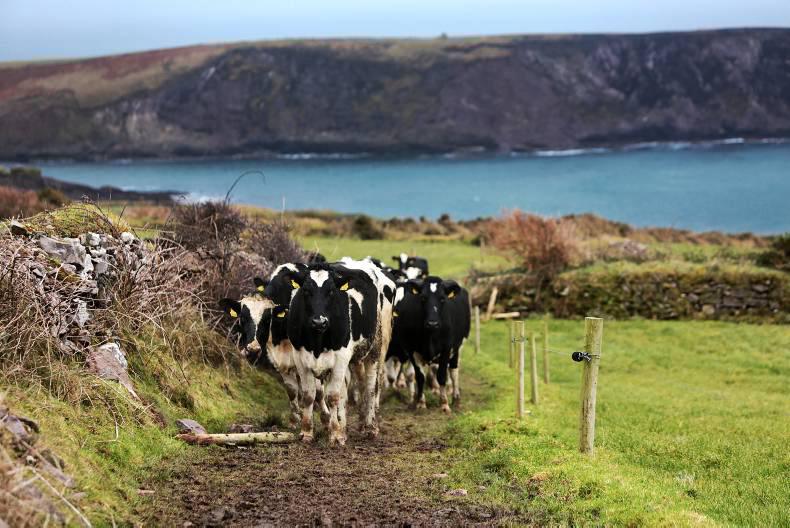The last two weeks have been tough from a weather point of view, with constant rain and cooler temperatures making grazing conditions a big challenge.
The rain was needed on this farm but not in the volumes and definitely not in such a condensed time period. Wetter farms in the area are really struggling again with ground back to January or February-type conditions.
We’ve moved to a few drier paddocks to get through the worst of the weather and with temperatures stabilising a bit, grass has started to grow in a meaningful way at last. Our silage paddocks are really motoring now and will be ready for harvest towards the second half of the month.
We will take some quality wraps out in the meantime to maintain grass quality ahead of cows and young stock on the grazing paddocks. This is the time of year when grass growth and quality needs the most monitoring and managing. Grass is trying hard to head out and go to seed so we will dust off the mower and start wrapping, pre-mowing or topping some paddocks over the next month.
The milking platform is stocked at 4.2 cows/ha at the moment, so that should keep mowing to a minimum but with growth rates hitting 80kg over the last few days, there will be a surplus somewhere soon. The heifers and calves will be tightened up a bit more and some more of their paddocks will be let off for silage if the strong growth continues.
Most of the calves have been weaned and put to grass at this stage. At the moment they are grazing some paddocks that were reseeded last Autumn so grass quality should be excellent for the season. They were weaned at 90kg-100kg so have gone to grass in excellent order. We like to do calves as well as possible in the shed so that they go to grass in a position where they can take in large volumes of grass and don’t need any concentrate supplementation.
They will be rotated through newly reseeded paddocks for the summer and should thrive well for the season. They were mineral bolused and injected with Cydectin LA a few weeks after turnout and this should cover them for dosing for most of the year. We feel that young calves need as few challenges as possible when starting out at grass so they can build up some parasite resistance when the cydectin wears off at the end of the season and they weigh 200kg plus rather than at the start when they weigh 100kg.
The breeding season is progressing well with over 95% of the herd submitted for AI after five weeks. We will continue with AI up to week seven and then the bull can go to work. We might AI with some beef straws alongside the bull – we’ll see how much work he’s getting and decide then.
The last 5% of the herd not seen on heat have been examined again and treated where necessary. We try to intervene as little as possible with no CIDRs used. The herd is fertile enough now that the one or two cows that need that level of intervention can be ignored and culled at the end of the season.
So far, the cows seem to be holding well to first service but there’s a long way to go yet and we will wait for the scan in August to tell the whole story. The heifers will be put back into bigger groups after the first three weeks of breeding and Angus bulls will run alongside the Friesians as backup.






 This is a subscriber-only article
This is a subscriber-only article










SHARING OPTIONS: